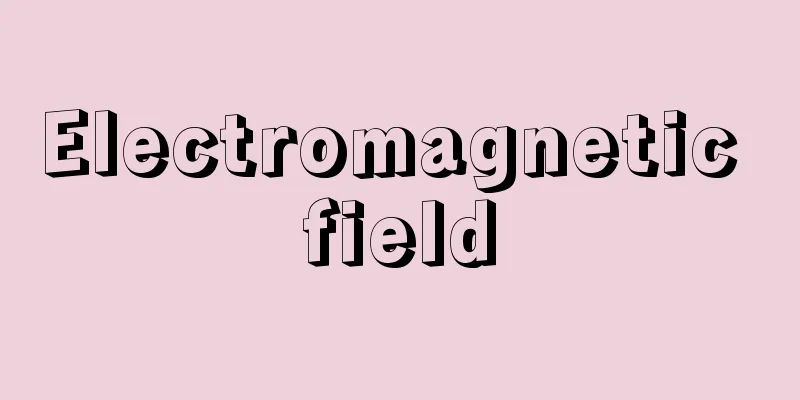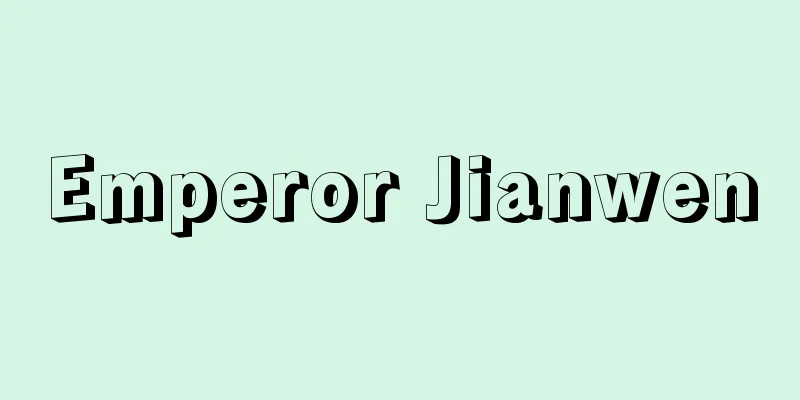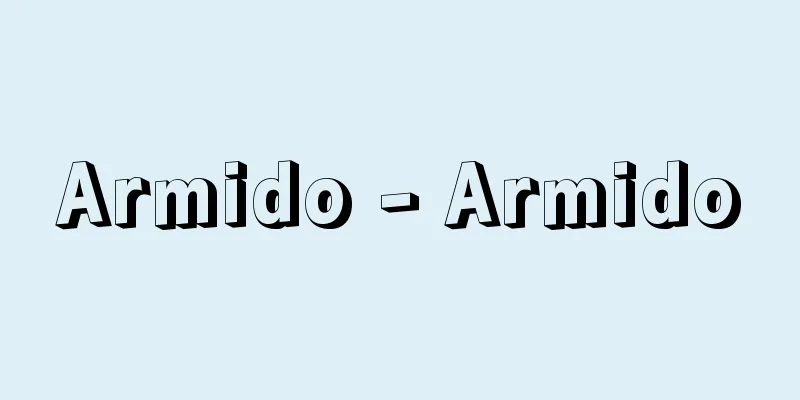Electromagnetic field

|
A general term for electric field, electric flux density, magnetic field, and magnetic flux density. When electric flux density or magnetic flux density changes over time, the electric field and magnetic field each induce each other and transition between them, so they can no longer be considered separate entities. In such cases, the term electromagnetic field (or electromagnetic field) is often used. On the other hand, when they do not change over time, the electric field and magnetic field are also called electrostatic fields and static magnetic fields, respectively, and can be described separately. When an electromagnetic field propagates through space as a wave, it is called an electromagnetic wave. Electromagnetic fields are vector fields, and the electric field is usually represented by E, electric flux density by D, magnetic field by H, and magnetic flux density by B. These are functions of spatial coordinates and time. Electromagnetic fields are physical entities that have energy, momentum, and angular momentum and interact with matter. This interaction is called the electromagnetic interaction. The electromagnetic interaction must be a proximity effect to satisfy the requirements of the theory of relativity. It is also one of the four most fundamental interactions in nature (the others being the gravitational interaction, the strong interaction, and the weak interaction). Faraday was the first to clearly grasp the concept of the electromagnetic field, and Maxwell was the one who formulated it mathematically; the properties of the electromagnetic field obey Maxwell's electromagnetic equations. Due to the influence of the concept of electromagnetic fields, the concept of gravitational fields was also introduced into gravitational interactions (universal gravitation). The concept of fields that was widespread at the time was the idea that fields are the bearers of forces that act between substances (interactions between substances). Thus, the dualism of matter and fields began as a view of nature in classical physics. Initially, attempts to interpret the electromagnetic field using a mechanical model became popular, and the concept of ether was introduced, but the idea of ether as a substance was experimentally denied. The emergence of Einstein's special theory of relativity in 1905 brought about a change in the concept of fields in classical physics. The existence and movement of electromagnetic fields came to be interpreted as part of the attributes of space (or vacuum) itself, and space was endowed with material properties. With the subsequent establishment of quantum mechanics, the dual nature of matter and fields, that is, particle nature and wave nature, came to be rationally formulated, and the dualistic opposition between matter and fields was resolved. Thus, based on quantum field theory, field monism was established, in which quantized electromagnetic fields are interpreted as photons. [Hiroshi Yasuoka] [Reference items] | | |Source: Shogakukan Encyclopedia Nipponica About Encyclopedia Nipponica Information | Legend |
|
電場、電束密度、磁場、磁束密度の総称。電束密度や磁束密度が時間的に変化する場合には電場と磁場とは互いに他を誘起し、また互いに移り変わるので、もはや電場と磁場を別々のものと考えることはできなくなる。このような場合にとくに電磁場(または電磁界)という語を用いることが多い。他方、時間的に変化しない場合には電場と磁場はそれぞれ静電場、静磁場ともよばれ、別個に記述することができる。電磁場が波動として空間を伝播(でんぱ)する場合、これを電磁波とよぶ。電磁場はベクトル場であって、普通、電場をE、電束密度をD、磁場をH、磁束密度をBで表す。これらは空間の座標と時間の関数である。 電磁場はエネルギー、運動量、角運動量をもつ物理的実体であり、物質と相互作用する。この相互作用は電磁相互作用とよばれる。電磁相互作用は相対論からの要請を満たすためには近接作用であることが必要である。また電磁相互作用は自然界のもっとも基本的な四つの相互作用(他の三つは重力相互作用、強い相互作用、弱い相互作用)のうちの一つである。 電磁場の概念を初めて明確に把握したのはファラデーであり、それを数式化したのはマクスウェルであり、電磁場の諸性質はマクスウェルの電磁方程式に従う。 電磁場の概念の影響で重力相互作用(万有引力)にも重力場の概念が導入された。当時普及した場の概念は、場を物質間に及ぼされる力(物質間の相互作用)の担い手とする考え方である。こうして古典物理学における自然観として、物質と場の二元論が始まった。当初、電磁場を機械論的模型で解釈しようとする試みが盛んになって、エーテル概念が導入されたが、実体としてのエーテルは実験的に否定された。1905年アインシュタインの特殊相対性理論の出現は、古典物理学における場の概念に変更をもたらした。電磁場の存在や運動は空間(または真空)それ自体の属性の一部として解釈されるようになり、空間に物質的性質が賦与されることとなった。その後の量子力学の成立によって、物質や場の示す二重性、すなわち粒子性と波動性は合理的に定式化されるようになり、物質と場との二元論的対立は解消した。こうして、場の量子論に立脚して、量子化された電磁場を光子として解釈する場の一元論が成立するに至った。 [安岡弘志] [参照項目] | | |出典 小学館 日本大百科全書(ニッポニカ)日本大百科全書(ニッポニカ)について 情報 | 凡例 |
<<: Electronic scale (electronic balance) - Denshibakari (English spelling) electronic scale
Recommend
Liatris - Gay-feather
A general term for the genus Liatris in the Aster...
Atsugi Air Base - Atsugi Kichi
A common name for an air base used jointly by the ...
Heishi
A powerful clan bestowed with the surname of the I...
giornata
...However, in the late Middle Ages, not only did...
Kérékou, A. (English notation) KerekouA
...There was a constant struggle for power among ...
Basic industry
…The first type is export industries, which engag...
Ono Seisuke
...Around 1662-63 (Kanbun 2-3), the second son, M...
General Revenues - Ippanzaigen
A method of classifying local government revenues....
Braun, E.
…On July 20, 1944, a plot to assassinate Hitler t...
Orbital platform - Kidou platform (English spelling) space platform
A large, multi-purpose satellite in orbit around t...
Prefecture Inukai Yae - Agata Inukai No Yae
Year of death: Tenpyo Hoji 4.5.7 (760.6.24) Year o...
food web (English spelling)
… However, it is rare for animals to eat only one...
Pan-American Highway
An international highway that runs through the Ame...
Pentaborane
...It impairs lung function and causes dizziness,...
Dressage
…(1) Dressage: This is a competition in which the...









